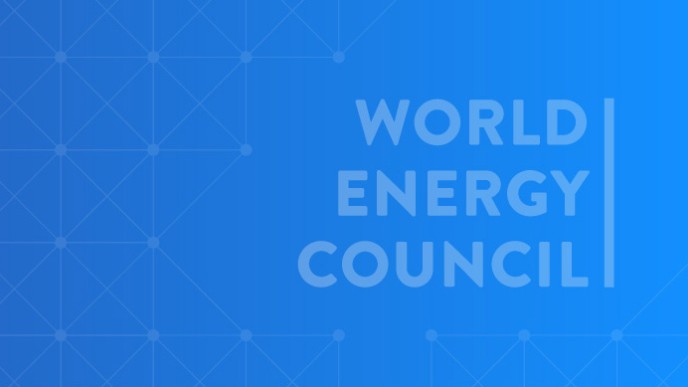World Energy Resources
The growth of unconventional gas is spreading across the world with major implications over many years for markets and prices according to a World Energy Council study ‘Unconventional gas, a global phenomenon,’ which looks at where and how fast the revolution is taking place.
Natural gas is currently the number three fossil fuel in terms of share of the global primary energy mix and for years the world has debated the potential for natural gas to play a critical role in creating a more resilient and sustainable energy future. The ‘2012 World Energy Council Survey of Energy Resources: Shale Gas – What’s New’ predicted that shale gas development would have a “significant impact on the dynamics and prices” of future natural gas markets. This latest study, developed with project partner
Accenture Strategy, on the global implications of unconventional gas argues that, despite the uncertain price environment, unconventional gas has already become a
global phenomenon and will continue to have global implications for some time to come.
Growing supplies of unconventional gas, led by the United States (US) shale gas story, are entering regional natural gas markets and they have the potential to reflect a significant share of future natural gas supply additions globally. The implications of this phenomenon on global markets are an important consideration for energy professionals seeking to understand the future of the industry.
Key findings and implications:
The bearing of unconventional gas on changing market dynamics should not be under-estimated. Now that Australian coal bed methane (CBM) and US shale gas are emerging on the global market as liquefied natural gas (LNG), the impact will no longer be contained to regional markets. In particular, three trends emerge as the most meaningful in the global context:
1. Interconnected markets:
With excess supplies in the market, there has been price normalisation and other structural shifts towards a more global and transparent market across the three main regional hubs: Asia, Europe, and North America.
2. International growth of unconventional gas:
Exploration and production (E&P) operators in Australia, China, and Argentina have made progress in growing unconventional gas supplies outside of North America.
3. Shifting portfolio allocations:
In this time of uncertainty, US unconventional gas emerged as a cost competitive asset type that continues to shift industry capital towards flexible, shorter-cycle investments in North America shale assets.
‘Unconventional gas, a global phenomenon’ is one of 15 Knowledge Networks studies for the
World Energy Resources which will be published in October 2016.





